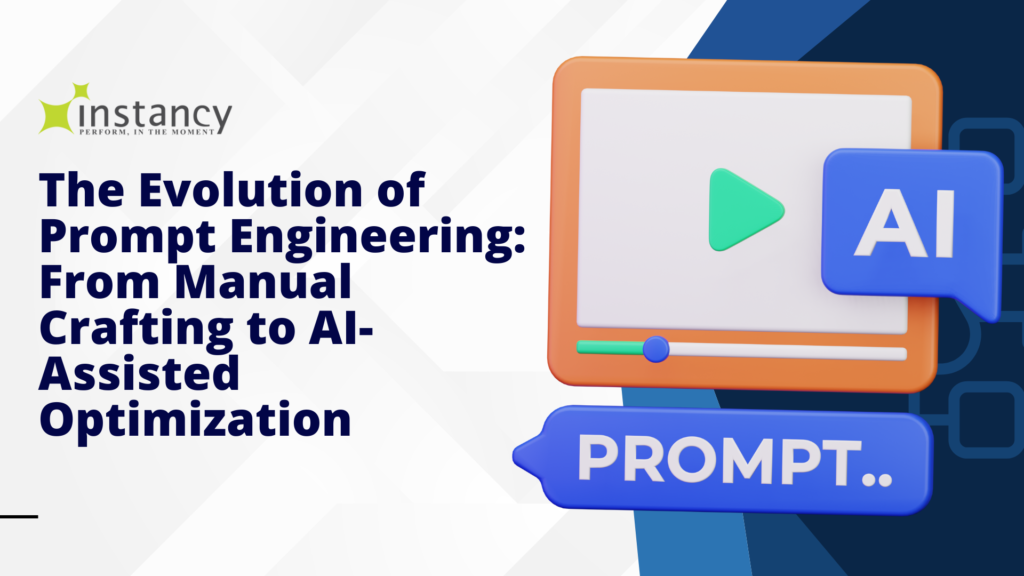Prompt engineering is the practice of crafting effective prompts or instructions to guide large language models (LLMs) like GPT-3 to produce desired outputs. A prompt engineer’s role is to bridge the gap between human intent and machine understanding by designing clear and contextual prompts.
What Prompt Engineers Do
Prompt engineers are responsible for:
- Understanding the model’s capabilities and limitations: They study the model’s behavior, strengths, and weaknesses to craft prompts that leverage its full potential.
- Crafting clear and contextual prompts: They design prompts that provide the necessary context and instructions to elicit accurate and relevant responses from the model.
- Iterative refinement: They continuously test and refine prompts based on the model’s outputs, adjusting the prompts until the desired results are achieved.
- Ensuring ethical and unbiased outputs: They work to mitigate biases and ensure the prompts and model outputs align with ethical principles and fairness standards.
- Collaborating with subject matter experts: For domain-specific applications, prompt engineers work closely with subject matter experts to incorporate relevant knowledge into the prompts.
The Future of Prompt Engineering
While prompt engineering is currently a manual process, tech giants like Microsoft are working to automate and simplify it through AI-assisted prompt generation and optimization.
Microsoft Copilot: A Co-Pilot for Prompt Engineering
Microsoft’s Copilot for Microsoft 365 aims to “turn everyone into a prompt engineer” by introducing features like:
- Auto-complete for prompts: Copilot will suggest ways to complete and improve prompts as the user types them.
- “Elaborate your prompt” feature: Copilot will rewrite and enhance basic prompts with more details to improve the AI’s response.
- “Catch Up” chat interface: Copilot will highlight relevant information and suggest prompts to help prepare for meetings.
The goal is to automate prompt optimization, reducing the need for manual prompt engineering.
However, experts argue that while automated prompt optimization will reduce the need for manual prompt engineering, the role of prompt engineers (or a similar role) will still be needed to adapt generative AI for specific industry needs, handle the full lifecycle of deploying and maintaining AI systems, and ensure fairness, transparency, and reliability.
Preparing for the Future of Prompt Engineering
As AI models become more advanced and integrated into various applications, the nature of prompt engineering will evolve. Here are some steps users can take to prepare:
- Learn about AI and language models: Develop a solid understanding of AI, natural language processing, and the underlying models like GPT-3 and PaLM2.
- Practice prompt crafting: Experiment with different prompts and observe how they influence the model’s outputs. Refine your prompting skills through iterative practice.
- Stay updated on AI advancements: Follow the latest developments in AI, particularly in the areas of prompt optimization, multimodal prompts, and ethical prompting.
- Develop interdisciplinary skills: Prompt engineering requires a combination of technical, communication, and critical thinking skills. Develop expertise in areas like linguistics, psychology, and data analysis.
- Embrace collaboration: As prompt engineering becomes more complex, collaboration between prompt engineers, subject matter experts, and other stakeholders will be crucial for successful AI deployments.
Conclusion
In summary, prompt engineering is a critical skill for effective human-AI communication. While AI-assisted prompt generation may reduce the need for manual prompt engineering, the role of prompt engineers (or similar roles) will likely evolve to handle the complexities of adapting AI for real-world applications. By staying updated, developing interdisciplinary skills, and embracing collaboration, users can prepare for the future of prompt engineering and unlock the full potential of AI systems.



